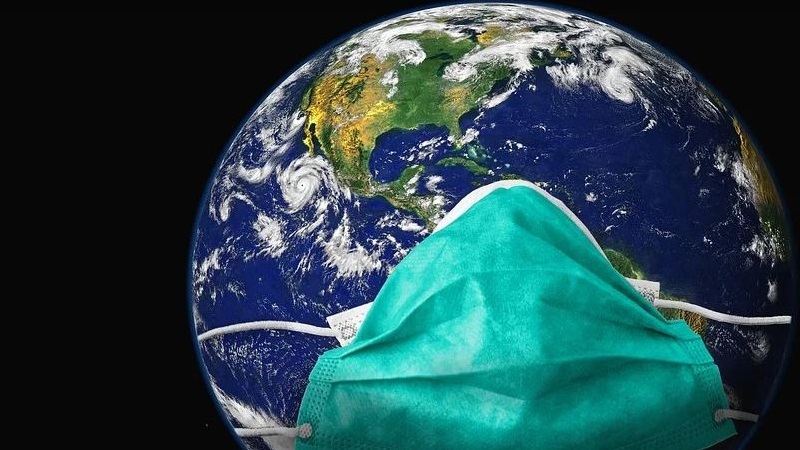
The White House has recently announced a pandemic preparedness plan that the U.S. would have to invest in over the next seven to ten years.
The total cost of the strategy is $65.3 billion. The Biden administration’s groundwork could help ease the burden to efficiently deal with future biological threats, such as an epidemic or another pandemic.
“There's a reasonable likelihood of another serious pandemic that could be worse than COVID-19 will occur soon, possibly within the next decade,” Eric Lander, the director of the White House Office of Science & Technology Policy, told The Hill. “And the next pandemic will very likely be substantially different than COVID-19. So we must be prepared to deal with any type of viral threats.”
According to American Pandemic Preparedness: Transforming Our Capabilities, to heighten the nation’s ability to respond “rapidly and effectively” the federal government will be investing money in the following: $24.2 billion for vaccines, $11.8 billion for therapeutics, $5 billion for diagnostics, $3.1 billion for early warning, $2.3 billion for real-time monitoring, $6.5 billion for strengthening the country’s public health system, $2.8 billion for global health security capacity, $3.1 billion for personal protective equipment, $2.1 billion for America’s capacity to produce vital supplies, $2 billion to strengthen biosafety and biosecurity to reduce catastrophic biological threats, $1.6 billion to improve the regulatory environment and $0.8 billion to "manage the mission."
The White House is also suggesting that the current budget reconciliation bill should dedicate $15 billion to the effort, The Hill reported. Advocates are urging Biden to include $30 billion in preparedness funding in the $3.5 trillion reconciliation bill.